Leather Furniture Conditioning and Care: Keep Softness, Color, and Character Alive
Chosen theme: Leather Furniture Conditioning and Care. Welcome to a space where cherished sofas, armchairs, and ottomans get the attention they deserve—practical guidance, heartfelt stories, and proven routines to help your leather age gracefully. Join in, ask questions, and share your wins as we nurture lasting comfort and style.

Know Your Leather: The Foundation of Smart Care
Aniline leather feels warm and natural but absorbs quickly, demanding gentle, frequent conditioning. Semi-aniline adds a light protective finish, balancing beauty and resilience. Pigmented leather wears toughest, resisting stains and fading, yet still benefits from consistent conditioning to keep fibers supple and the surface from looking plasticky.
Know Your Leather: The Foundation of Smart Care
Dab a tiny drop of distilled water in a hidden spot. If it absorbs rapidly, you likely have aniline. If it beads slightly, semi-aniline. If it sits proudly on top, pigmented. Always test discreetly, log your findings, and tailor cleaning and conditioning to that specific finish.
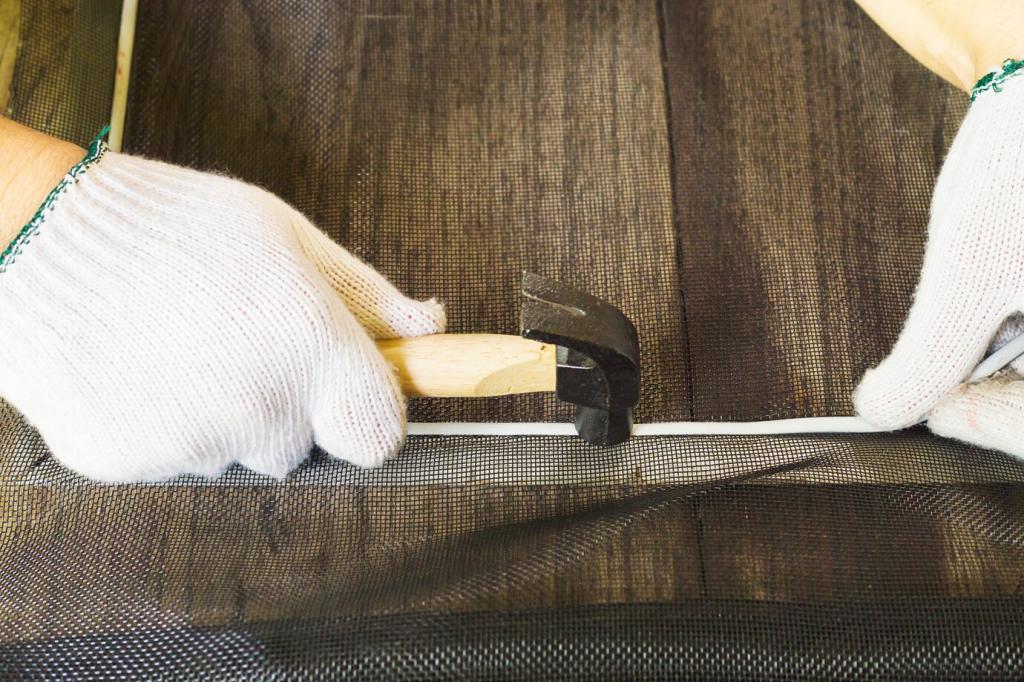
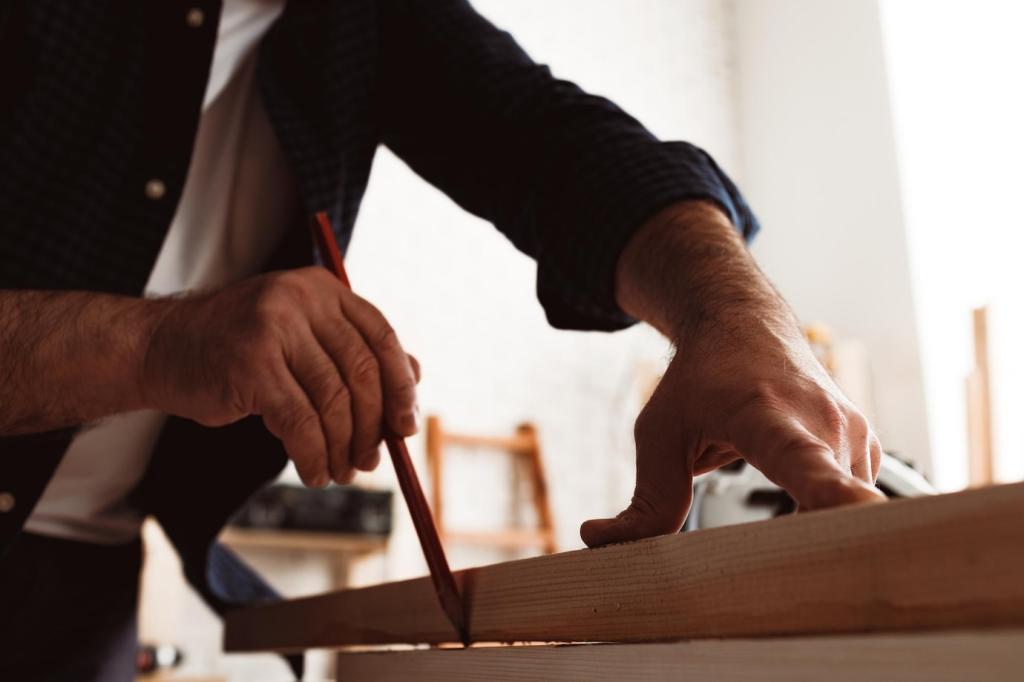
The Science of Conditioning: Oils, Waxes, and pH
Why Leather Dries and How to Stop It
Central heating, low humidity, sunlight, and time pull natural oils from leather. Fibers then rub and fracture, showing creases that won’t relax. Conditioning restores glide between fibers, keeping the surface smooth and responsive. Think of it as moisturizer for a living material that still breathes and adjusts.
Choosing a Conditioner That Breathes
Look for pH-balanced, non-greasy conditioners that avoid heavy silicones and petroleum that can seal pores. Light emulsions with micro-waxes or lanolin derivatives protect without suffocating. Always read the label, patch test, and prefer products designed specifically for furniture—not boots—because coatings and needs differ significantly.
Timing Your Routine to Climate
Condition every three to six months depending on dryness and exposure. Coastal humidity may stretch intervals; heated winter apartments often shorten them. Keep a simple calendar or subscribe for seasonal reminders, and adjust if your leather looks thirsty, squeaks, or creases remain after gentle hand warmth and smoothing.
Clean First, Condition Second: Safe Prep Matters
Use a soft brush and a vacuum with a crevice tool to lift grit from seams and stitching. Dust acts like sandpaper under pressure, scuffing the grain. A quick weekly pass prevents invisible abrasion and makes conditioning more effective. Share your favorite tools so readers can refine their kits.
Clean First, Condition Second: Safe Prep Matters
For general soil, a barely damp microfiber cloth and a small amount of dedicated leather cleaner are enough. Avoid ammonia, bleach, and alcohol—they strip finishes and dehydrate fibers. Blot, don’t rub. Work in small sections, and keep another cloth dry to lift residue before it settles back.

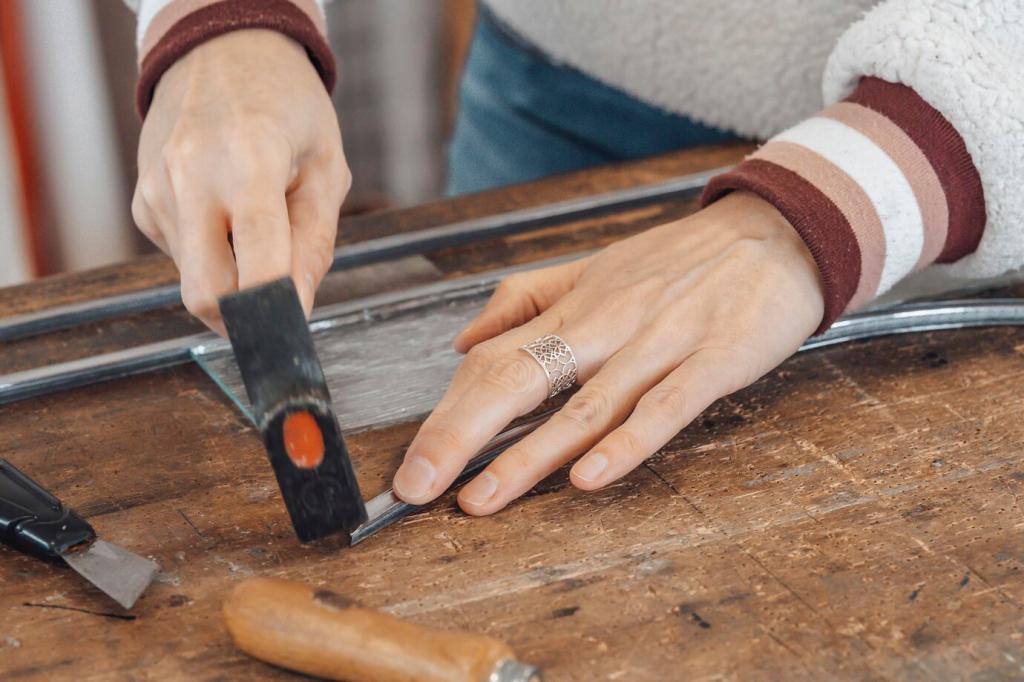
Application Technique: Even Coverage, Lasting Comfort
Use a clean, lint-free microfiber cloth or foam applicator. Work in small circles, then finish with long, gentle strokes following the grain. This levels product and avoids patchiness. Keep lighting bright so you can see where you’ve been, and invite a friend to spot missed areas while you work.

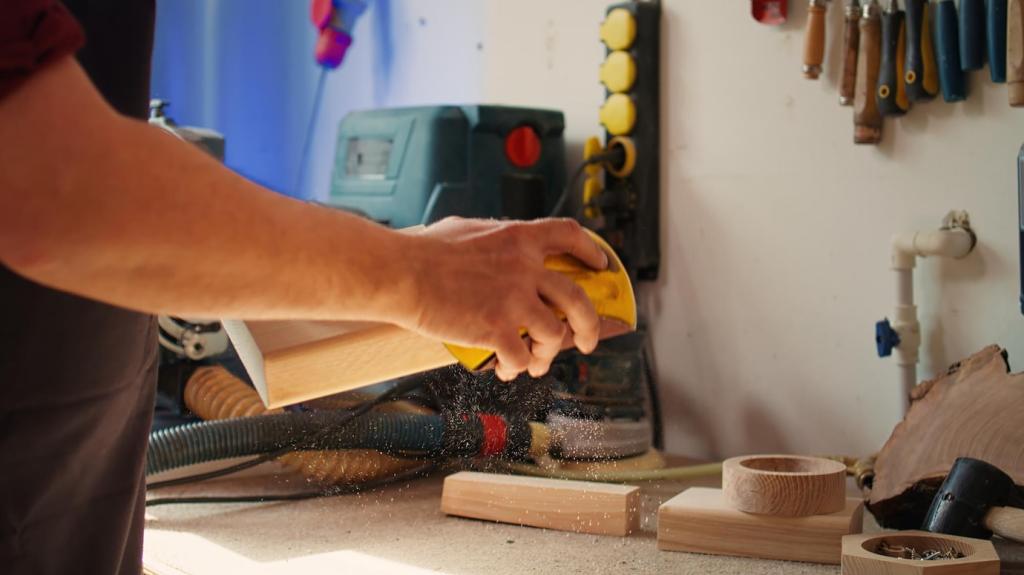
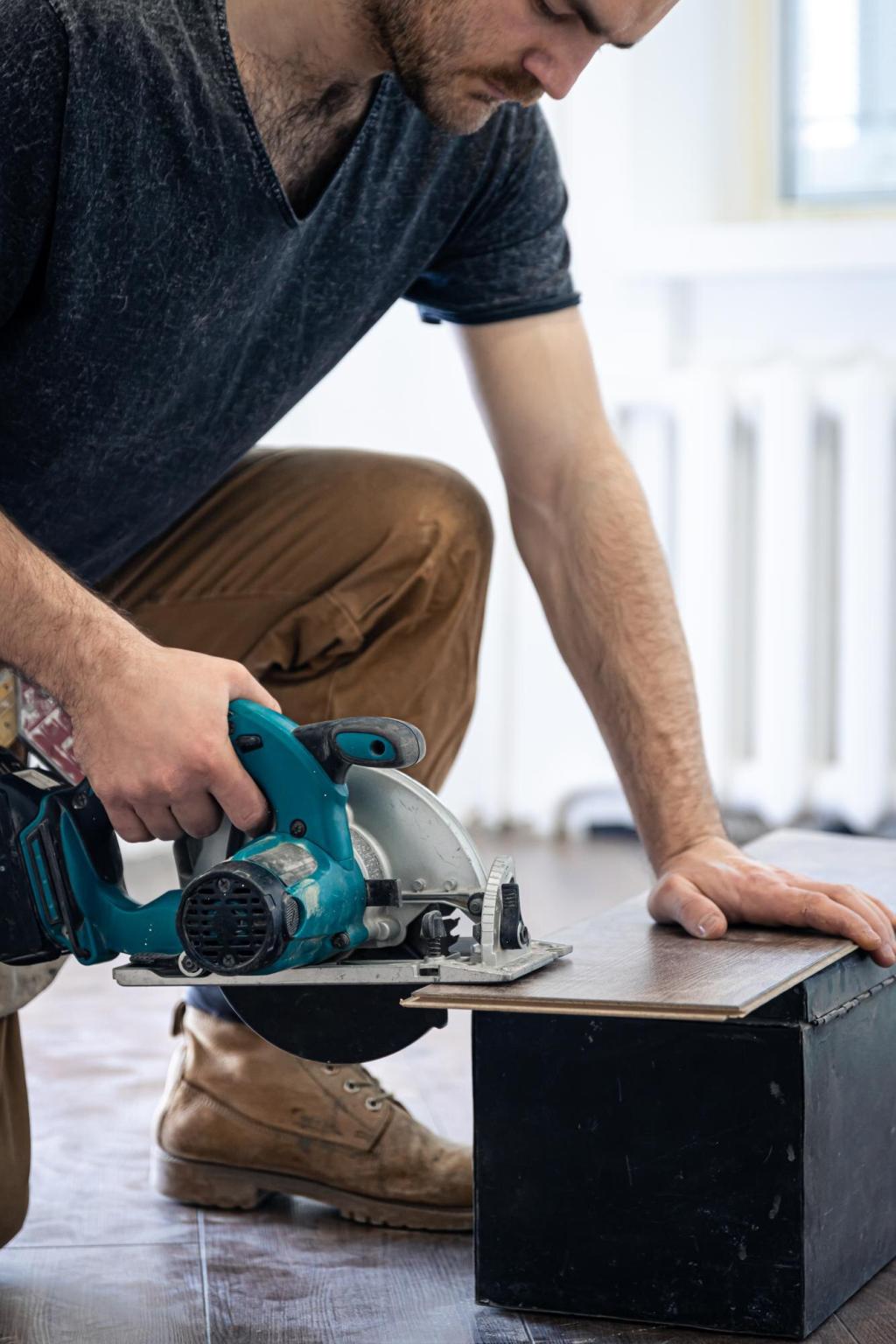
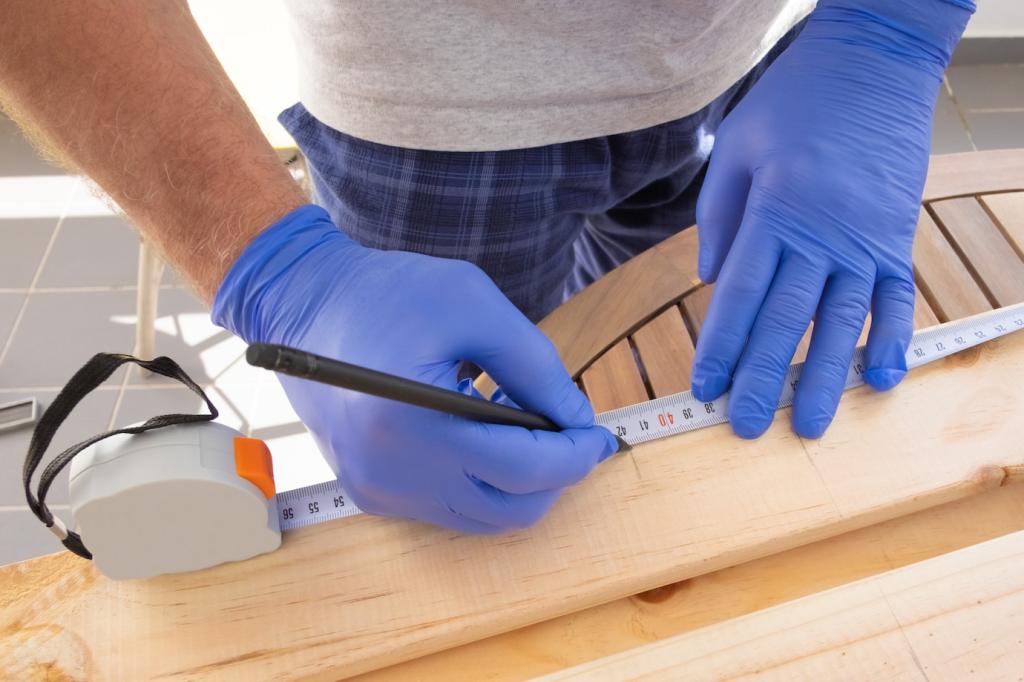
Troubleshooting: From Dryness to Difficult Stains
When panels feel rigid, condition in several light sessions a few days apart, allowing absorption between passes. Don’t flood the surface—oversaturation can weaken adhesive layers. Gentle warmth from your hands during buffing helps. If cracks expose color loss, consult a pro for recoloring before fibers break.
Troubleshooting: From Dryness to Difficult Stains
Ink often bites fast; specialty removers may help on pigmented leather, but can spread on aniline. Avoid hairspray myths. For oil, blot and let time pull it into absorbent powder—no aggressive scrubbing. If you’re unsure, pause, photograph, and ask the community or a technician for guidance.
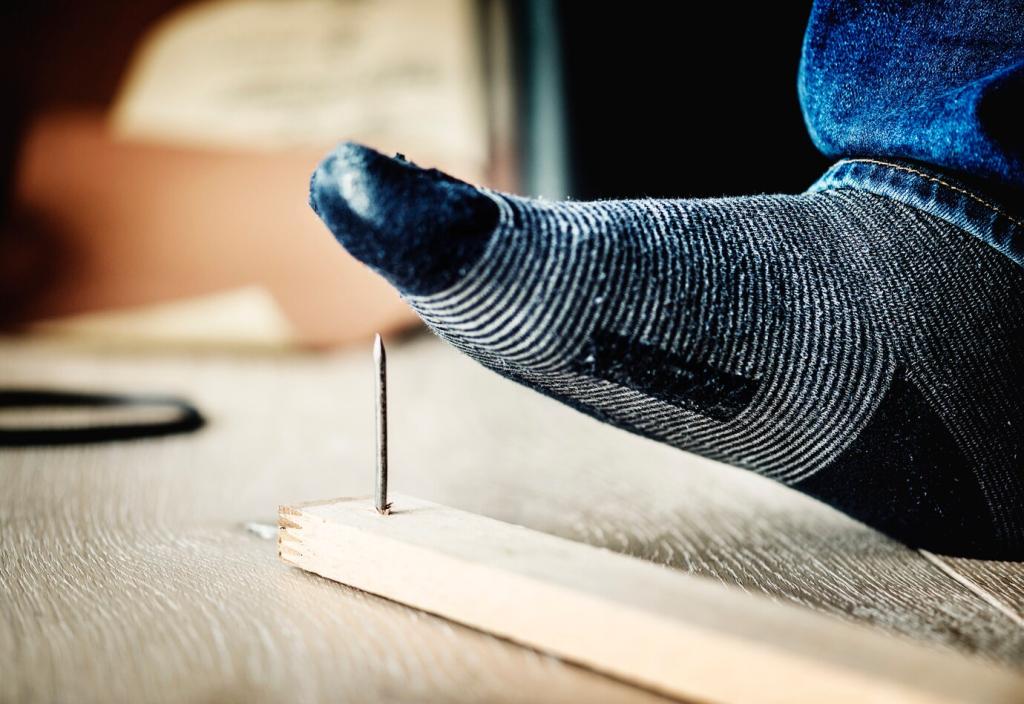
Build a Care Ritual You’ll Actually Keep
Set a recurring reminder to dust, vacuum seams, and scan for dryness, dye transfer, or sun shifts. Keep conditioner, microfiber cloths, and a soft brush together so you never hunt for tools. Tell us what reminder app works for you, and we’ll share the most frictionless routines back.
